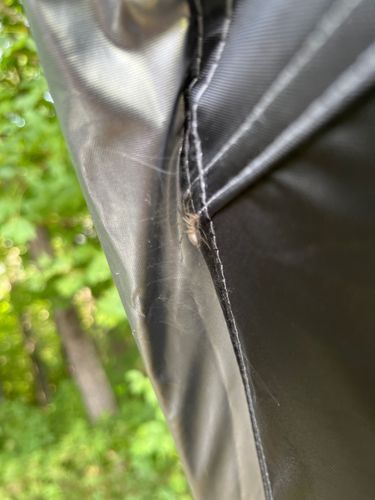Cellar Spider
Scientific Name: Pholcus phalangioides (most common species)
Order & Family: Order: Araneae, Family: Pholcidae
Size: Body length typically 2-10 mm, but their extremely long and thin legs can make them appear much larger, with a leg span up to 50-70 mm.

Natural Habitat
Cellars, basements, attics, sheds, garages, and other dark, damp, and undisturbed areas both indoors and outdoors.
Diet & Feeding
Mainly insects and other spiders, including venomous ones like Black Widows. They are opportunistic predators.
Behavior Patterns
Cellar spiders are known for their messy, irregular webs, often built in corners of rooms, cellars, or other undisturbed areas. They are tolerant of other spiders and often live in close proximity. When disturbed, they vibrate rapidly in their web, which makes them appear blurry to predators, a behavior known as 'whirling'. They eat other spiders, even those larger than themselves, and also consume insects.
Risks & Benefits
Generally considered beneficial as they prey on other common household pests, including mosquitoes, flies, and even other spiders. They are not considered medically significant to humans; their fangs are too small to easily penetrate human skin, and their venom is not harmful to people. There are no significant risks associated with them.
Identified on: 8/8/2025